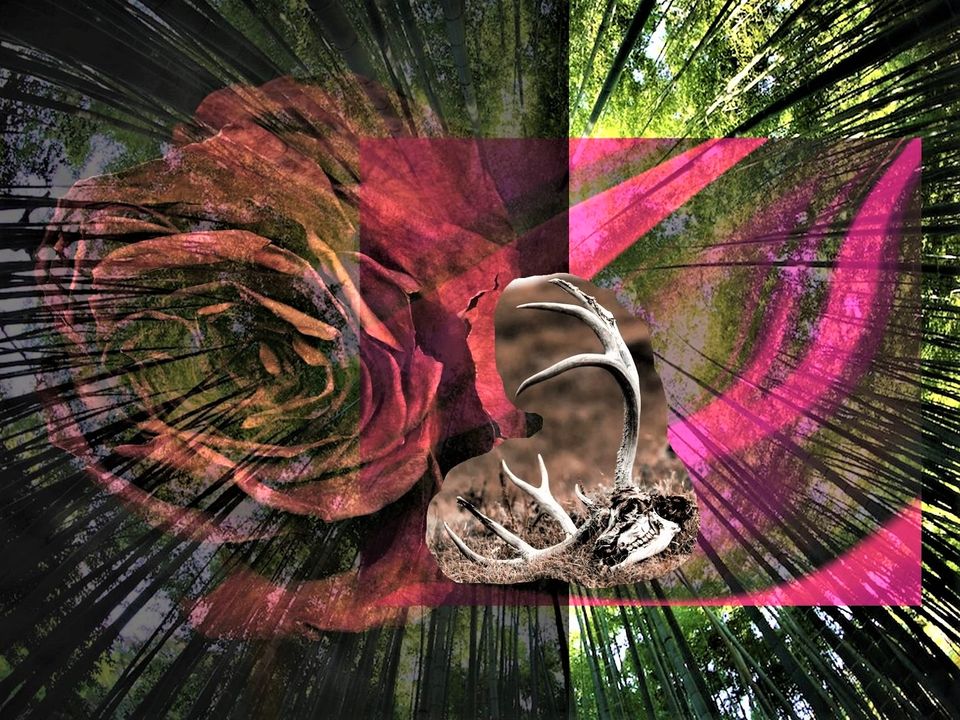Dead Animals on Literary Magazine Covers

First Published in Nonconformist Magazine, November 16, 2020
The other day, while exploring publications online, I noticed a number of artfully-illustrated carcasses; a dog whose wounded side erupted with a plant, red flowers emerging from the decay; a sparrow placed amid wilted lilies on the pavement; and another bird, covered in pink and blue powdered pigment, of the kind used for Hindu festivals. Were the depictions intended to convey nostalgia? Or did editors wish to invoke the strange romance of demise, a favorite topic of novelists and tubercular poets? In either event, I found the prevailing theme, expressed in rich colors and with a thoughtful eye towards composition, to be curious as well as universal.
While the image of a dead predator can be poetic—the warrior felled by old age or a king taken by cunning rivals—the sight of a deceased pet or prey animal is different, somehow, an interruption of pathos quite difficult to describe. Perhaps, more than anything, it signifies the passing of love and beauty; a life we could once protect, whose innocence enriched us, is now gone. Therein lies the universal aspect. Nearly everyone has experienced at least this level of loss, some people far more.
As for the curiosity of it all, and the strange imaginings of death, distance is key. Depicting a bird or a dog in the attitude of demise displaces the experience, somewhat. We anticipate that pets and backyard sparrows will die long before we do, and the artful validation of this is comforting, even poignant. But a dead man in a hospital bed, splayed across a magazine cover, would convey a far different message, more immediate and urgent but far less delicate.
I don’t recall if the writing contained in these volumes addressed the theme of dead animals, or if the covers were merely intended to entice readers. Regardless, the images were powerful, blending shock with subtlety in a remarkable way. Their expression of loss was neither overbearing nor mundane, but somewhere in between.
Death, that great universal experience, carries sufficient impact when whispered about, or tastefully depicted in art. As with so many things, what remains implied is far more powerful than that which is obvious or explicit.